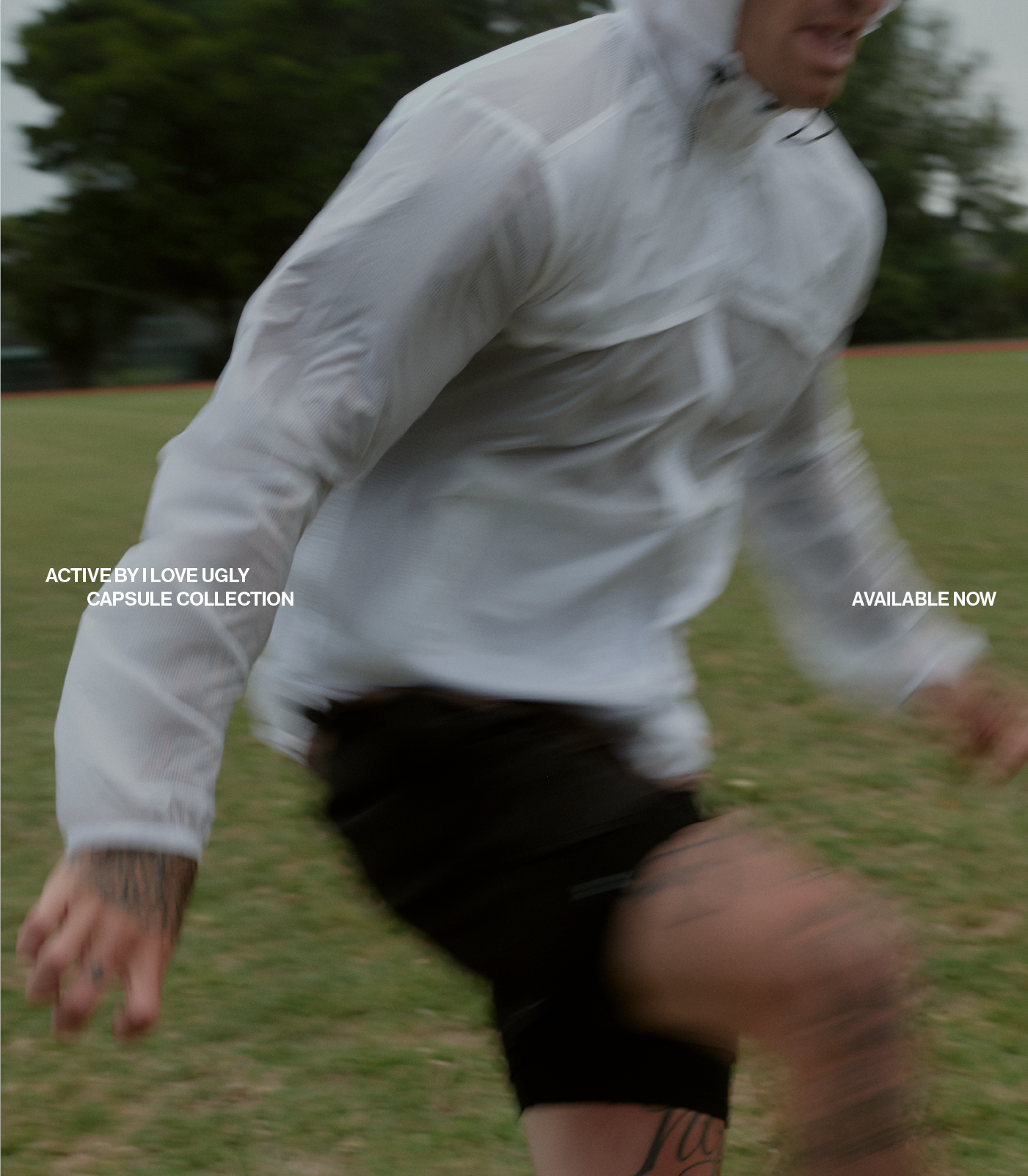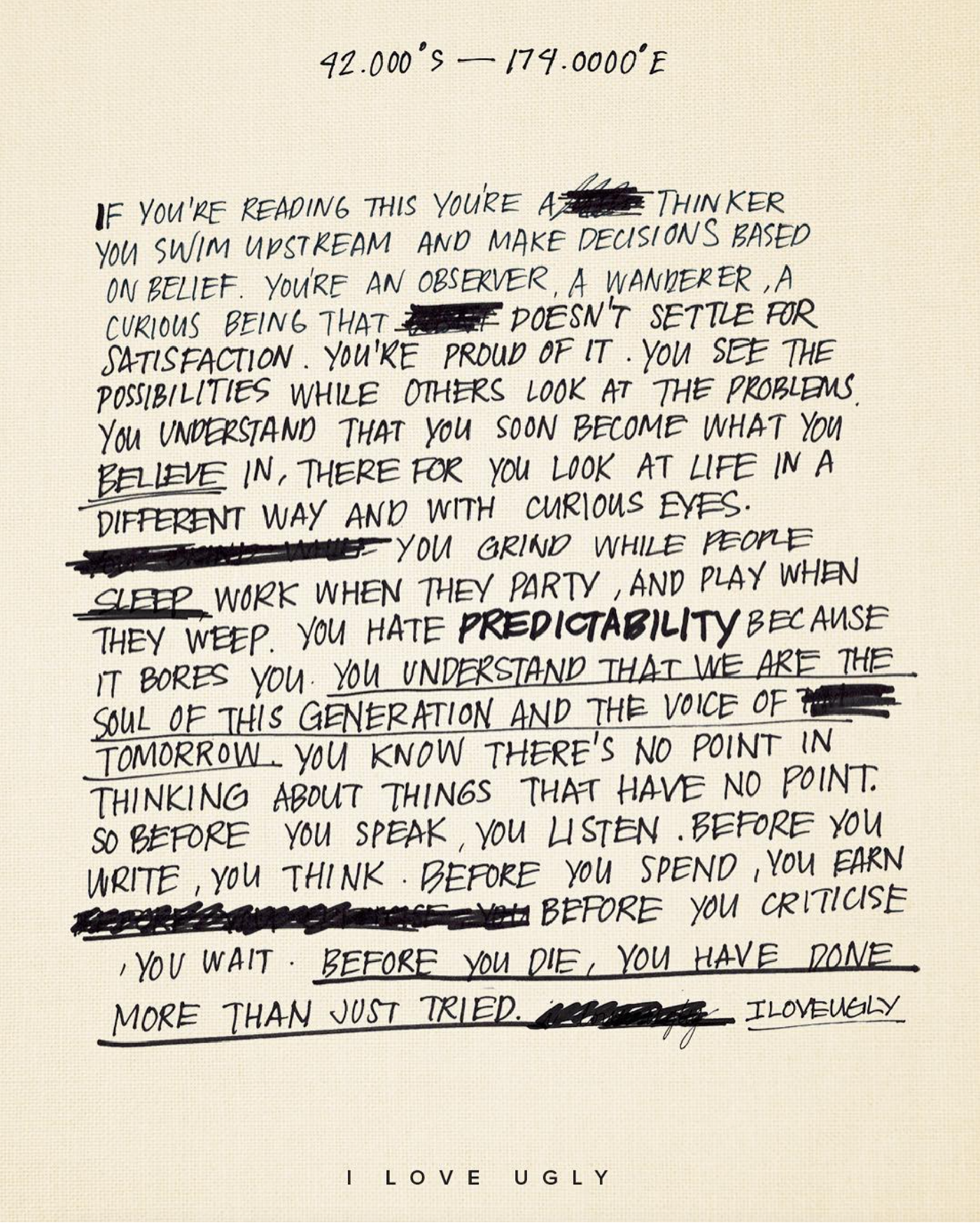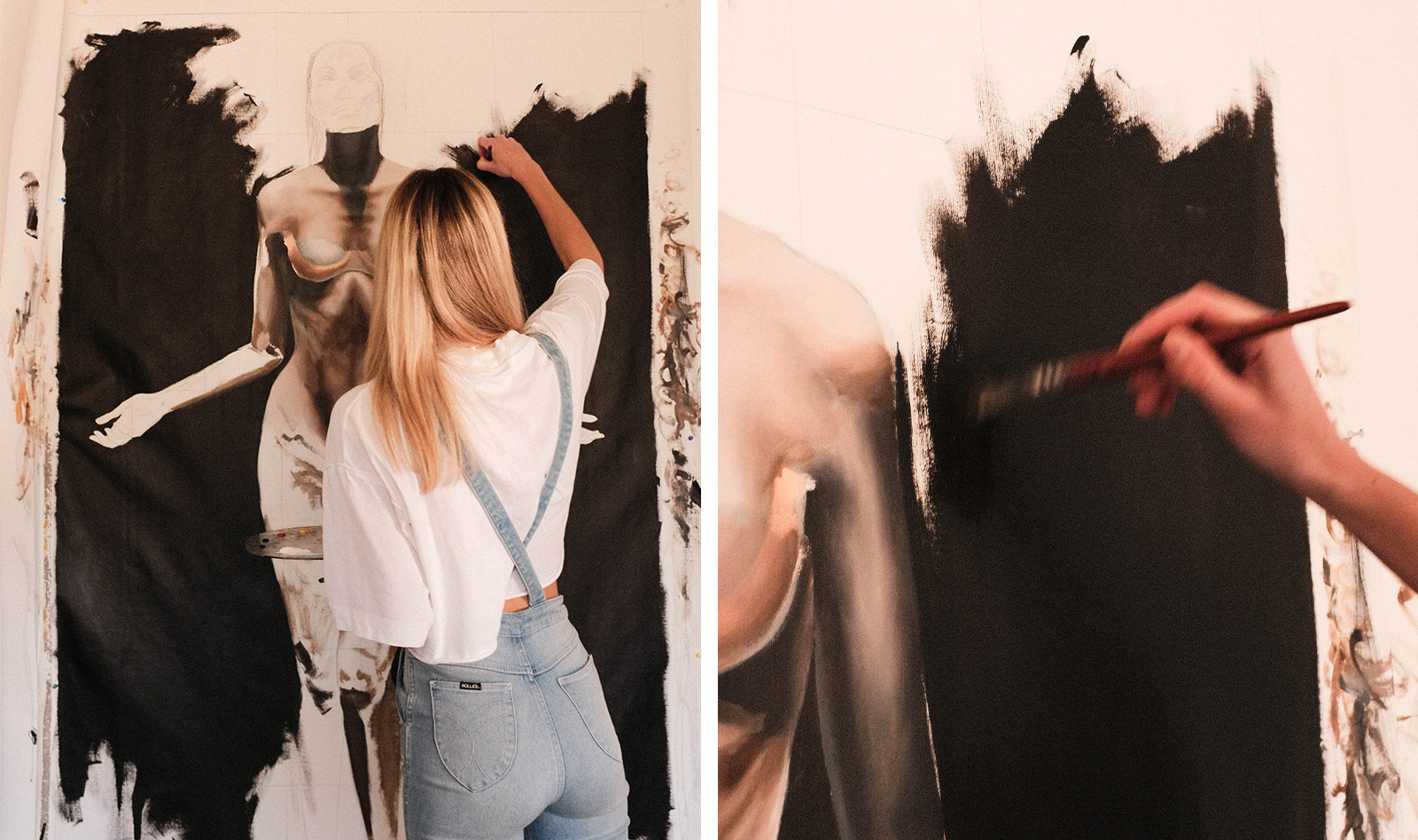I Love Ugly began as an art project, so when we came across the idea to launch womenswear with an artist collaboration, it felt like the perfect final touch to work with a talented female artist from New Zealand.
We wanted a graphic element in the collection, but something special. After input from the entire team, we landed on Kayra’s work. The element of awe and intrigue created by her large-scale hyperrealism paintings is very impressive, and Kayra is inspirational as a young artist with a unique story behind each of her works.
We were thrilled that she wanted to work with us, especially for this first collection (and first collaboration we’ve done in a while), so we sat down with her for a brief Q&A on her background, her inspiration, and her challenges along the way. There is a ton of value packed in this interview, especially in terms of wise advice for aspiring artists.
Enjoy the interview, and thank you for your continued support of I Love Ugly.
ILU: Tell us a bit about yourself — what inspired you to start painting?
K: My name is Kayra, and I like to make art. For as long as I can remember I’ve been making art. There wasn’t really a turning point in my life when I realised I wanted to paint, it has always been a reliable outlet for me that I knew I could trust and go back to if I needed to let out an emotion or feeling. I think that is why I tend to try to paint pretty fast for feelings that are fleeting, or sometimes go back to ideas years later if they are persistent.






Leave a comment
This site is protected by hCaptcha and the hCaptcha Privacy Policy and Terms of Service apply.